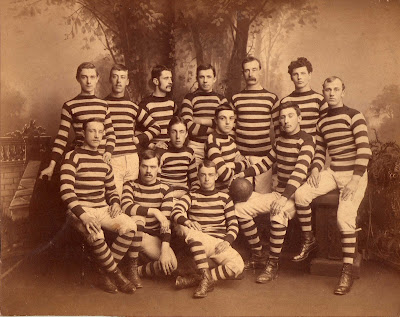When rosy Spring, with fingers bath'd in dew,
Unfolds the primrose pale and violet blue,
And many a blooming flowret that supplies
Joy to the smell and pleasure to the eyes,–
Soothes with her smiles the fury of the north,
And breathes and bids the tender buds burst forth –
When soaring high on never-wearied wings,
To charm his mate the lark enraptured sings;
Balmy the air; above, the sky serene;
The meads, below, soft, fragrant, fresh, and green;
O be it mine at peaceful evening time,
When the sun decks his western throne sublime,
O be it mine with tempted feet to rove
Along thy flowry paths, fair Leven Grove!
There deep concealed amid thy shady bowers,
The Thrush and Blackbird charm the careless hours,
And every bird its melody essays
To pour to bounteous Heaven its humble praise.
Hail, lovely scenes, that ever can impart
A sense of genuine pleasure to my heart!
O sweet thy greensward bents and sunny glades,
Thy crystal streams and murmuring cascades!
Here, while I gaze, each earthly trouble flies,
My soul expands, my thoughts ascend the skies:
Soft, as I stray thy fragrant haunts among,
Comes the lone murmur of the ring-dove's song;
She, faithful bird, her lover's stay deplores,
His absence long from her whom he adores;
Or, 'reft of him that never will return,LEO.
Pours to the echoing woods her agonizing mourn.–
Lo, as I gain sweet Foley-Hill, are seen
Fair Cleveland's plains with future harvests green;
And lengthening far, and towering to the skies,
Her mountains dark in solemn grandeur rise:
There, bleak and bare, which every blast assails;
Here, cloth'd with woods that scorn the blustering gales.
Now, while the western breezes curl the stream,
And clouds obscure the sun's unfavouring beam,
Across the brook, with keen and ready eye,
The patient angler throws his feather'd fly;
With restless arm attempts each prosperous guile,
And frequent deaths reward his pleasing toil.
Nov. 12, 1817.
Published in The Northern Star or Yorkshire Magazine: A Monthly and Permanent Register of the Statistics, Literature, Biography, Arts, Commerce, and Manufactures of Yorkshire, and the Adjoining Counties (Volume 2)
There's something rather unexpected in the way that the writer begins sentimentally with primroses, violets, greenswards and glades - and ends in a snap with agonising mourning, bleakness and "frequent deaths" ...
An account of Skutterskelfe Hall can be found earlier on the blog, here
Note: Foley-Hill is present-day Folly Hill.




























